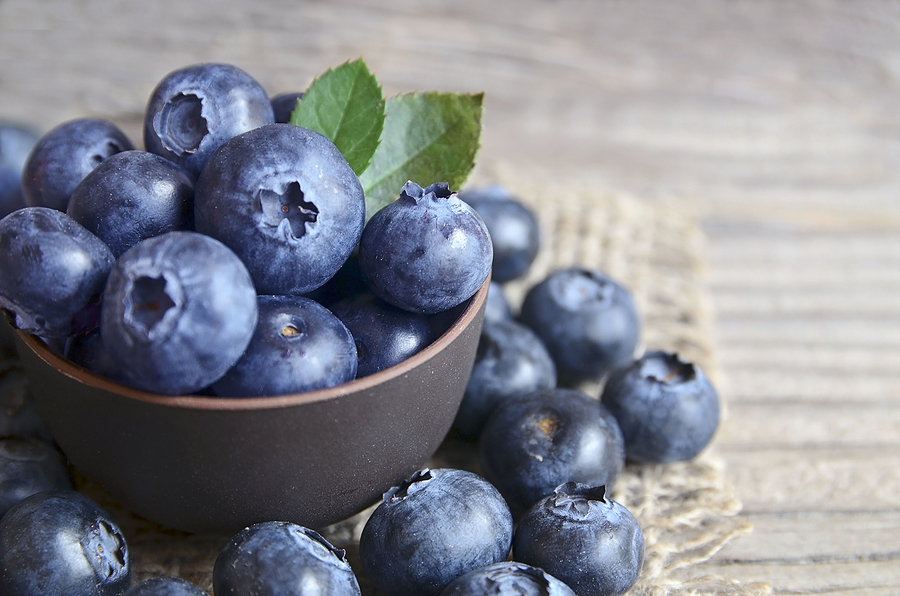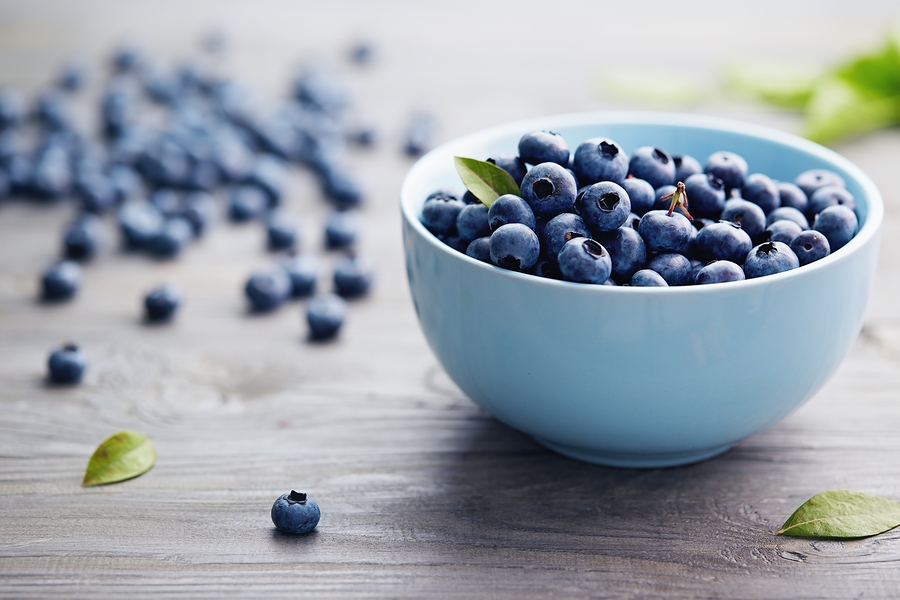Several recent studies have shown how blueberry polyphenols reduce heart disease risk factors. Specifically these polyphenols inhibit the formation of foam cells that lead to atherosclerosis.
Atherosclerosis is the buildup of fatty deposits called plaque that narrows the arterial wall. The vast majority of heart disease is associated with this process. In fact, here is a simple overview of what happens:
-
The process starts when monocytes (a type of white blood cell) adheres to the endothelial cells that line your arterial walls.
-
These monocytes invade this one cell thick lining and develop into macrophages.
-
Macrophages are used by your body to engulf oxidized LDL cholesterol.
-
The accumulation of oxidized LDL particles in the macrophages form foam cells.
-
Foam cells then stimulate the body to produce smooth muscle cells and excess connective tissue, which leads to the narrowing of the inside of the artery or atherosclerosis.
If these foam cells are stable, then the risk for a stroke or heart attack is lower. But if these foam cells are inflamed, then the risk for a heart attack or stroke is significantly increased.
Given the above progression, there are two key points to stop the formation of plaque. One is to prevent the oxidation of LDL cholesterol. This is where a diet high in antioxidants can play a major role.
And blueberries are high in antioxidants.
The second area is were the polyphenols come in. Blueberries are rich in two types of polyphenols: Read More →


 With approximately 30 different species, blueberries have become an important and plentiful tool for preventing free radical damage, one of the leading causes of aging and degenerative diseases.
With approximately 30 different species, blueberries have become an important and plentiful tool for preventing free radical damage, one of the leading causes of aging and degenerative diseases.